 Who is next for 'Money'?
Who is next for 'Money'? While risk assessment and strategic decision making have positioned Floyd Mayweather far and above his peers, it may not be in this remit that his next opponent will be decided. He is contracted for another four fights with Showtime in the US, however finding four suitable, worthy opponents is another matter. Names being booted about include the three times beaten Brit, Amir Khan.
Khans most recent victor Danny Garcia, Timothy Bradley, Adrien Broner and far reaching speculation of a bout with 48 year old light heavyweight Bernard Hopkins are names that have also been mentioned. Unfortunately for Mayweather his skill, talent and position as the most talented boxer of his generation means that decisions concerning opponents are not as simple as sanctioning bodies official rankings.
The Contenders?
In the US a fight with Khan would not generate half as much attention as the record breaking Canelo fight however it
would have a positive effect on revenues in the United Kingdom. However, Khan is not even the best welterweight from the U.K., Kell Brook has overtaken him.
Bradley, coming off a decision victory over Juan Manuel Marquez, whom Mayweather dispatched with relative ease, does not have the style or fan backing to put up big PPV numbers. Problems in negotiations may also materialise with Bob Arum's Top Rank who promote Bradley, unwilling to negotiate with Golden Boy promotions that partially promote Floyd.
Garcia is an interesting opponent, particularly due to his position on the Mayweather/Canelo undercard, a ploy often used by promoters to generate interest in future bouts. But again there would be doubts as to his chances and whether the public would see him as a live opponent. Although a mix of Garcia’s father and Mayweather in the build up
to the fight would be worth the PPV fee alone.
Broner, I suggest, would not be risked against Mayweather. He is being groomed as the ‘Next Floyd’ and therefore promoters want an extension strategy for boxing when Floyd finally decides to hang up his gloves. Broner is that strategy. Floyd does not need gimmicks. A catch weight fight with a 48, nearly 49 year old Hopkins would do nothing to enhance his legacy.
Perhaps then what the public has called for the last five years, a bout with Pacquiao may be one of the only viable option for Floyd. Manny, in his next fight, takes on Brandon Rios in a fight that could regniitie his career or perhaps the end of it. He has suffered two recent defeats including a devastating knockout loss to Marquez. Heavy knockout losses
of that nature have proved time and time again most difficult to rebound from. What Pacquiao has though is an international appeal, exciting style, huge support and an impressive career record. If Rios wins he could throw his hat in the ring, although less likely. Pacquiao seems the most likely opponent although the Top Rank stumbling block is evident here also.
Dark Horses?
Ruslan Provodnikov is an interesting fighter. His most recent destruction of Mile Alvarado has backed up his controversial loss to Bradley. If he can get one or two big wins under his belt in the next year, Floyd could consider him. What he also has is a loss on his record which unlike Bradley means he has less to lose. Kell Brook could also
fall into this category, but again not just yet.
Unfortunately for Floyd his career trajectory has simply not been matched by anyone of his ilk at present and has meant that in a sport with a unique competition structure, where opponents are chosen and not devised in a league/championship format, Floyd may have very few options if he is to end his career on a high which it so richly deserves. Floyd, however, will finish his career on his terms. You will not see Floyd fighting into his forties due to financial woes such as the once great Sugar Shane Mosley. Therefore the next year and most importantly next opponent will tell us a lot about how Floyd wants to end things. Five fights equates to about 2 and half years in boxing terms. Perhaps someone new will emerge, like Saul Canelo Alvarez.
But one thing is for certain, whoever Floyd decides to fight, it will be on his terms once again. More likely than not,
Las Vegas, MGM Grand, 147lbs – 150lbs.

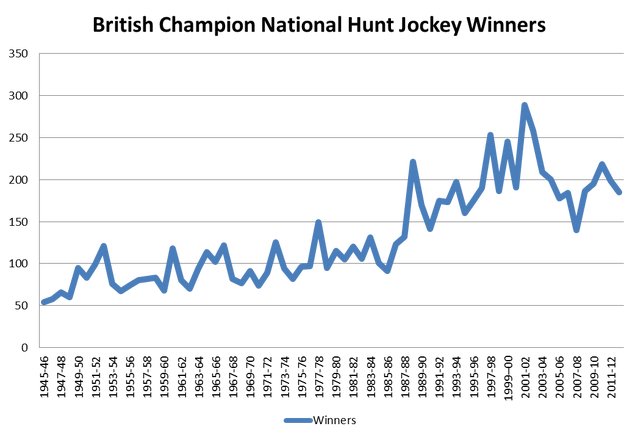
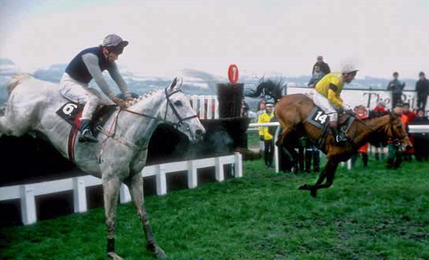
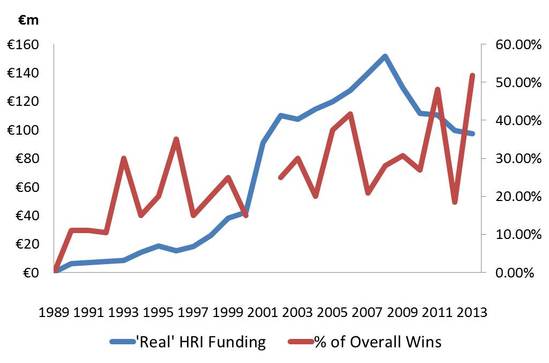
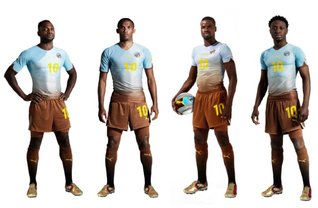
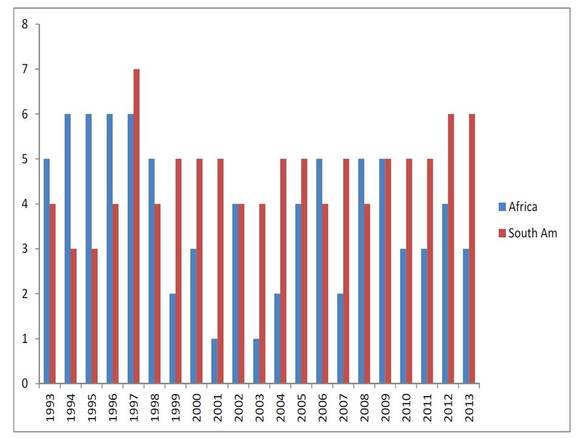
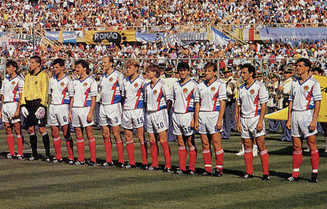
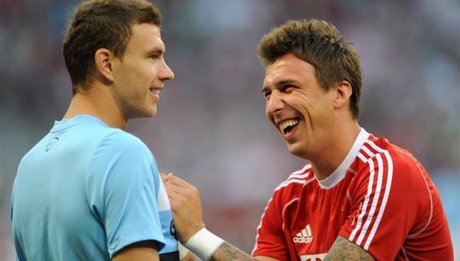
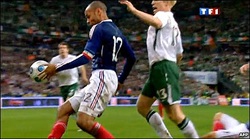
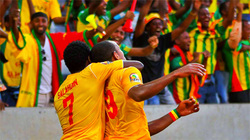
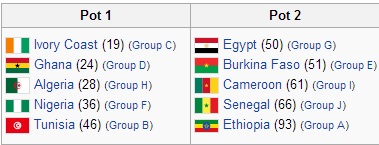
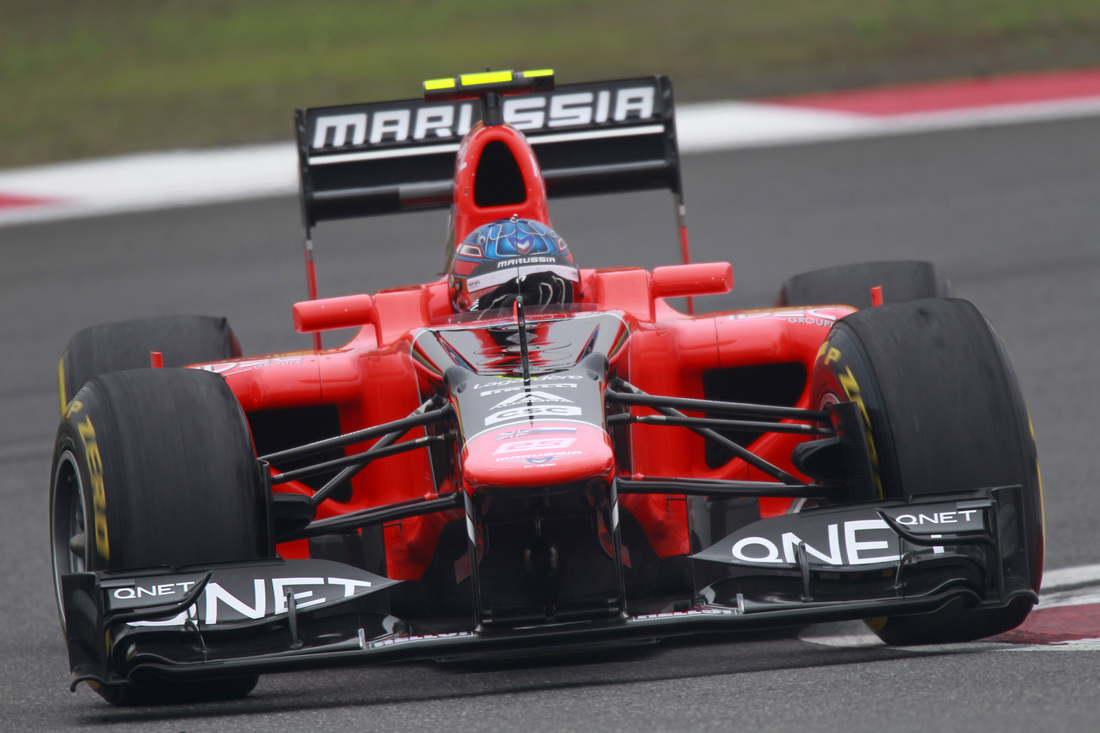
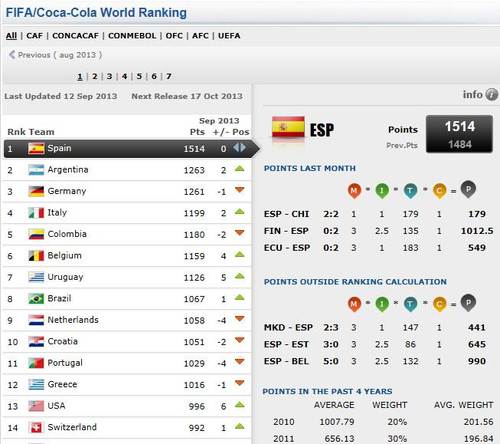

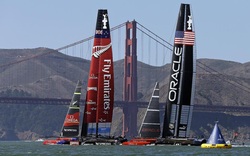
 RSS Feed
RSS Feed